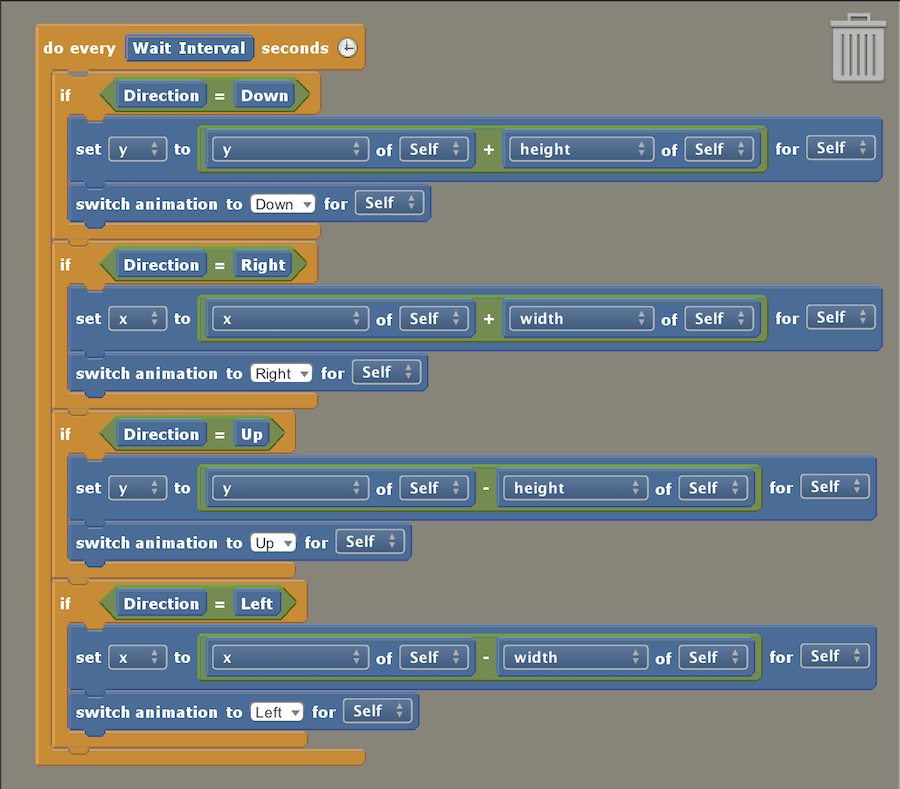
For the former, we primarily need two: one filled and one solid arrow (one for each player) pointing in four cardinal directions. In Stencyl parlance, Blockade requires minimal actors and tile sets. Create your game with a 640圆40 resolution. So launch Stencyl, create a blank game, name it something, and set the resolution to 640×640. More specifically, I want our play field to measure 40×40 tiles across, giving us a total resolution of 640×640 pixels-modest by modern standards, but adequate for our purposes. Typically I use 32×32 pixel dimensions as the smallest tile option in Stencyl games, but for Blockade, I’m opting for 16×16 because I intend for player walls to move quicker than the arcade original, and I want the game to fit on a relatively small (browser) screen. To my eyes, what’s important for Blockade is a) its square frame and b) its ample screen area, both balanced to keep players from either colliding immediately or wandering for minutes without risk of collision. We can meticulously count each tile in Blockade and precisely reproduce what we see, but generally it’s OK to make educated guesses and take creative liberties with your source material. It’s easy to get picky about specifics when cloning a game.

Once you’ve settled on 32×32-pixel assets, for instance, it’s incredibly difficult to work with smaller tiles in your tileset (actor sizes are arbitrary). Stencyl uses a tile-based graphics system, and it is particularly finicky about switching between sizes when constructing tile sets. One of the most important steps when starting a game is determining your screen resolution and base tile size.
Stencyl switch animation how to#

With few assets to create, we can focus on tuning the game’s primary mechanics and learning a few intermediate Stencyl tricks in the meantime. The game is exceedingly simple by modern videogame standards, but that simplicity makes it an excellent starting point for an arcade clone. Players score a point by surviving longer without a collision first player to reach six points wins. Each player controls a growing wall, or blockade, steering its leading edge around the screen in an attempt to avoid colliding with itself, the screen border, or the opposing blockade. Blockade is an early precursor to Snake and its ilk, minus the touch-an-item-to-grow mechanic. In Technology, Videogames Stencyl Tutorial Series: Blockade (Part I)įor our introductory tutorial, we will use Stencyl to replicate the 1976 arcade game Blockade.


 0 kommentar(er)
0 kommentar(er)
